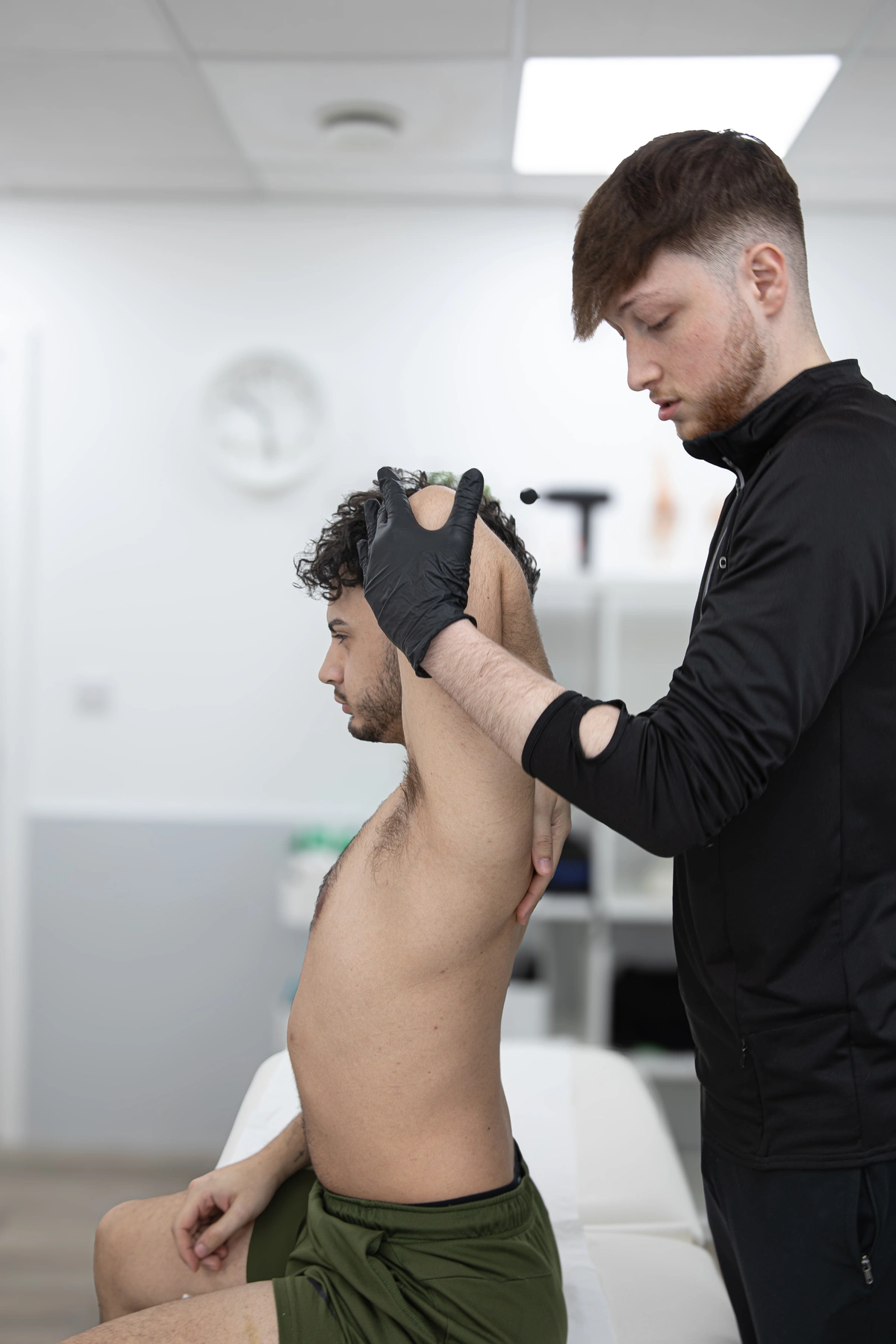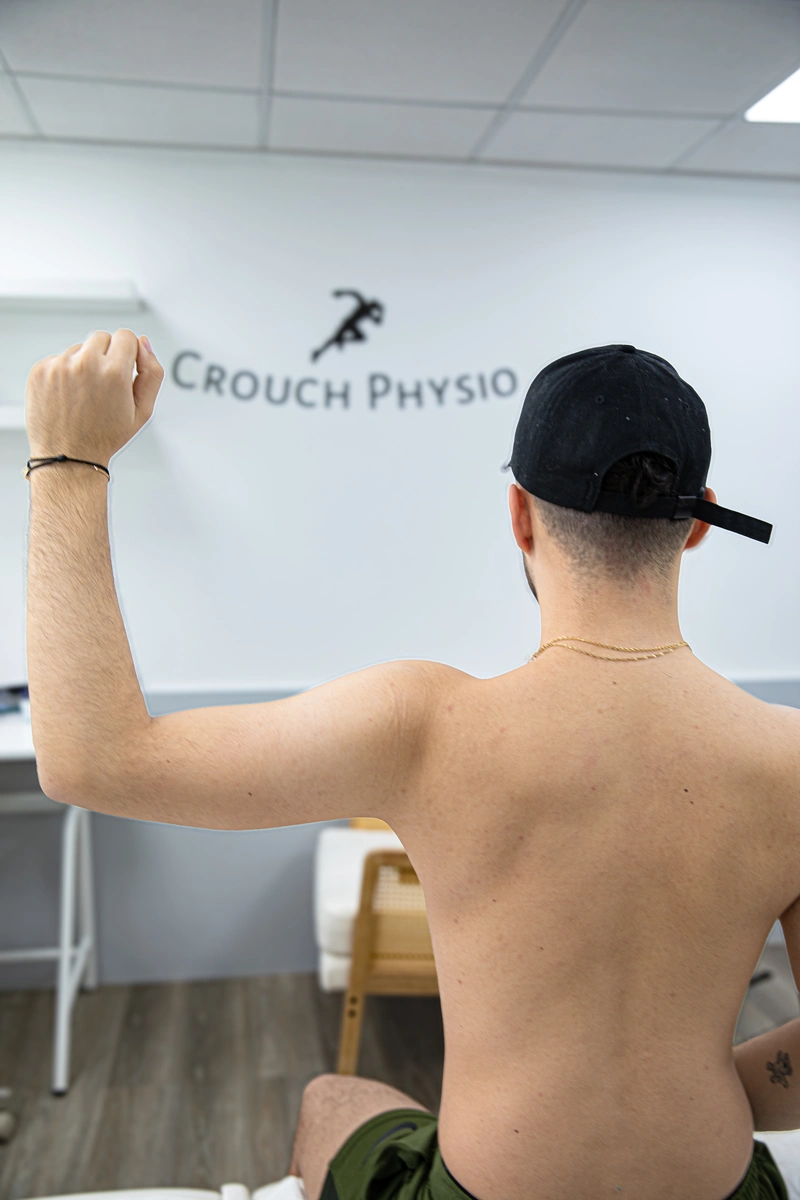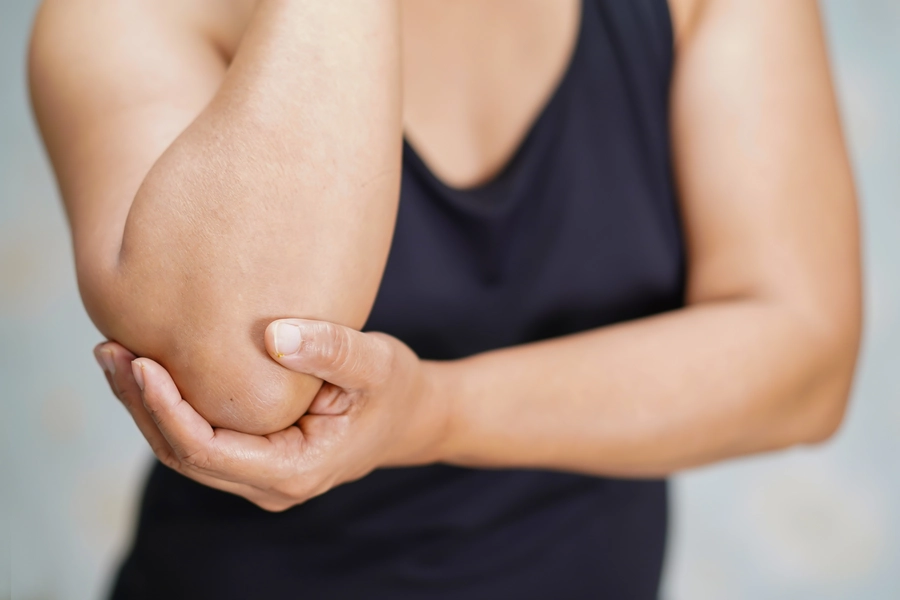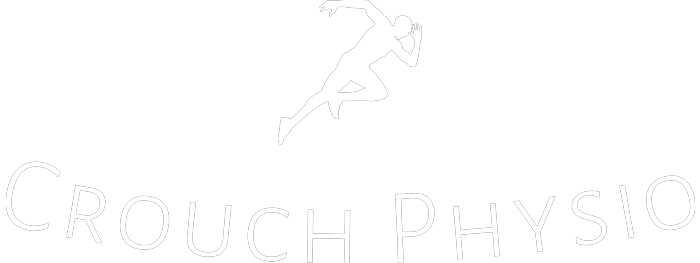Tennis Elbow

What is Tennis Elbow?
Tennis elbow, clinically termed lateral epicondylitis, is a prevalent overuse injury affecting the tendons in the elbow. Despite its moniker, it can manifest in individuals who don’t engage in tennis. Typically, it involves the extensor tendons of the forearm where they connect to the lateral epicondyle of the humerus bone.
Patient Presentation
- Pain: Patients typically report pain on the outer aspect of the elbow, which may extend down the forearm. Pain exacerbates with gripping or lifting objects.
- Tenderness: Tenderness is often felt over the lateral epicondyle and may worsen with pressure.
- Weakness: Grip strength may diminish due to pain and dysfunction of the affected tendons.
- Stiffness: Some patients experience elbow joint stiffness, particularly after periods of inactivity.


Diagnostic Tests
- Resisted Wrist Extension Test: Patients are instructed to extend their wrist against resistance, which often increases pain.
- Cozen's Test: This involves resisting wrist extension with the elbow extended and the wrist pronated, potentially reproducing pain.
- Palpation: Direct palpation over the lateral epicondyle can evoke tenderness.
- Imaging: X-rays may be conducted to exclude other causes of elbow pain, such as arthritis or fractures. However, they're generally unnecessary for diagnosing tennis elbow.
Treatment Approaches
- Rest and Activity Modification: Advising patients to abstain from activities exacerbating symptoms and modifying techniques and equipment to reduce elbow strain.
- Ice Therapy: Application of ice packs to the affected area can alleviate pain and inflammation.
- Bracing: Using a counterforce brace or strap around the forearm can alleviate tendon tension.
- Physiotherapy: Tailored stretching and strengthening exercises, alongside techniques like massage and ultrasound therapy, facilitate healing.
- Medication: Nonsteroidal anti-inflammatory drugs (NSAIDs) may be prescribed to mitigate pain and inflammation.
- Corticosteroid Injections: In some instances, corticosteroid injections may be administered to diminish inflammation and pain, although their long-term efficacy is debated.
- Extracorporeal Shock Wave Therapy (ESWT): Shock waves directed at the affected area can stimulate healing.
- Surgery: Surgical intervention may be considered in rare cases where conservative measures fail, aiming to remove damaged tissue or repair the tendon.


Physiotherapist's Advice
- Gradual Return to Activity: Encourage patients to gradually reintegrate activities causing pain, ensuring correct technique and equipment usage.
- Consistency with Exercises: Stress the importance of regular participation in prescribed exercises and stretches to fortify elbow muscles and tendons.
- Posture Awareness: Educate patients on maintaining good posture and ergonomics to minimise elbow strain during daily tasks.
- Patience: Highlight that recovery from tennis elbow takes time and progress may be gradual. Encourage patience and commitment to treatment.
- Preventative Measures: Discuss strategies for averting recurrence, such as warming up before physical activity, employing proper equipment, and integrating strength and flexibility exercises into their routine.
- Listening to the Body: Advise patients to heed their bodies and avoid pushing through pain. Rest and modifications may be necessary to prevent further injury.




